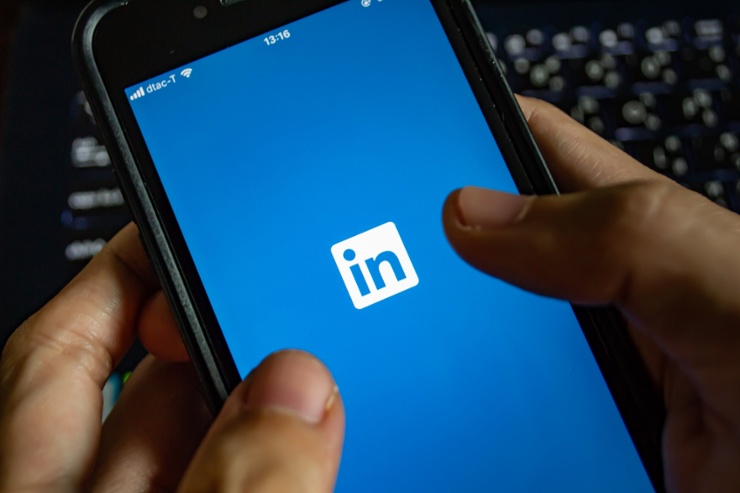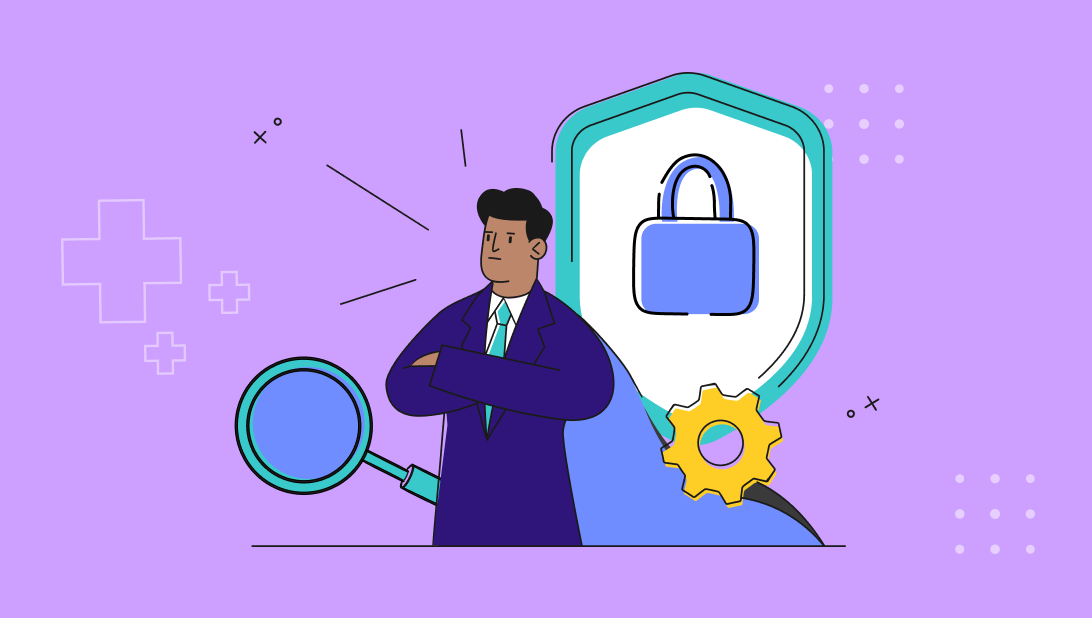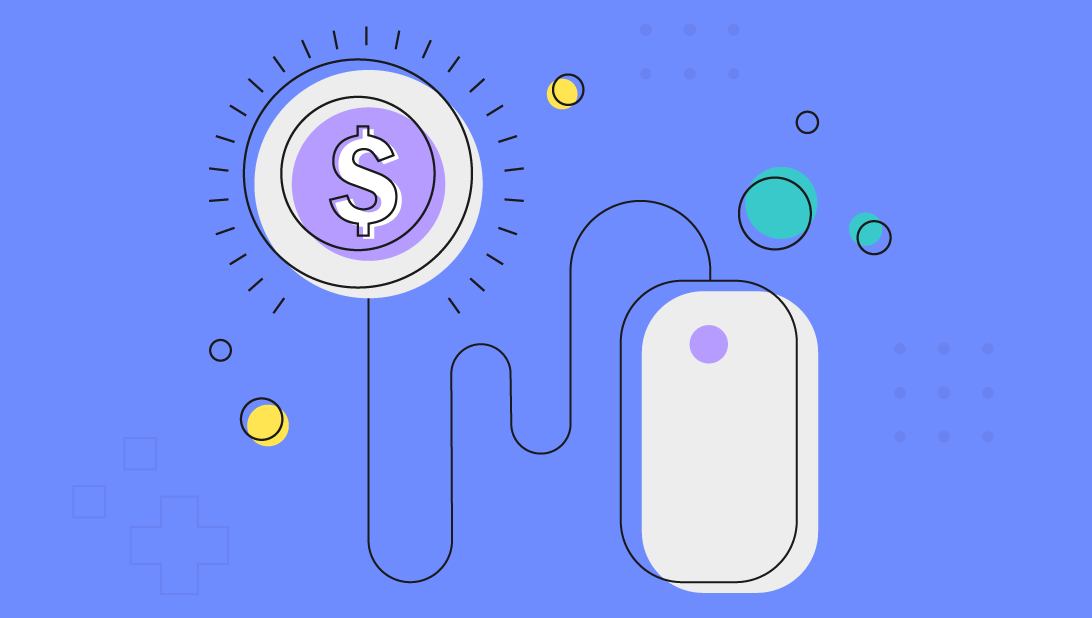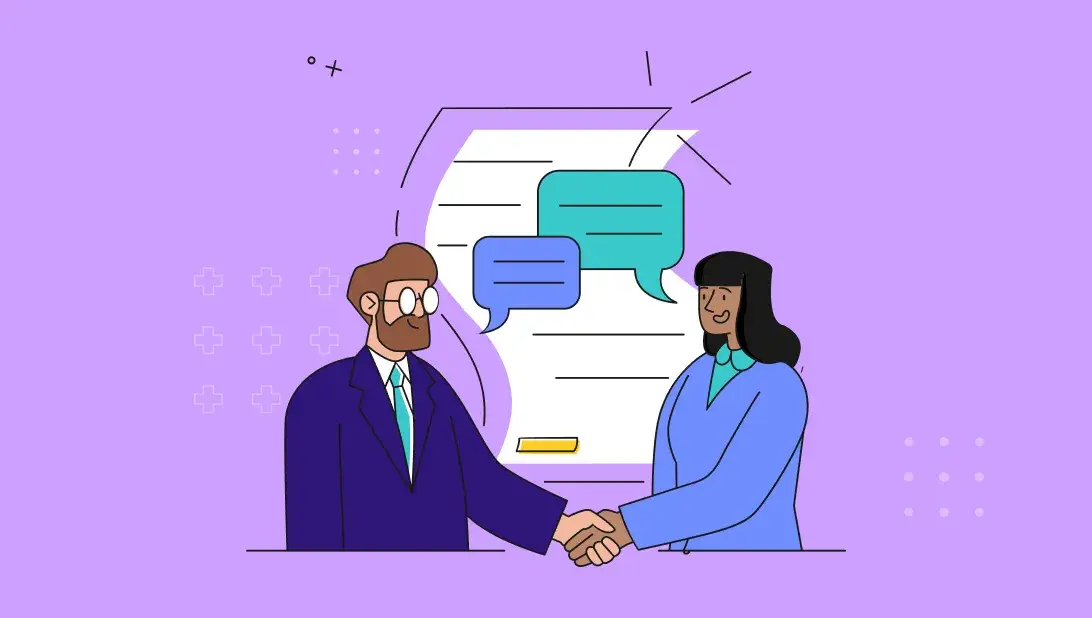




If you have been keeping up with your LinkedIn feed, you may have noticed that you're seeing more posts that are relevant to your interests, related to your profession, and from people you know.
That's all thanks to the latest LinkedIn algorithm update, which has changed what members are getting on their feeds. If you want your company's posts to be seen by your ideal prospects and customers, you need to understand how the algorithm works so you can adjust your LinkedIn marketing strategy accordingly.
Here are the top 3 ranking signals that the LinkedIn algorithm uses to filter and rank the posts that show up on members' feeds:
By understanding how LinkedIn's algorithm works, you can implement a LinkedIn strategy that will help your content reach more prospects and customers. Here's how:
Start with understanding your audience and finding out what they want to read about, when they prefer to read about it, and how they'd like the content to be delivered (e.g., infographic, video, blog posts, etc.)
You can do so by creating buyer personas, analyzing website metrics, getting insights from other marketing platforms, and studying competitors' audiences to inform your LinkedIn content strategy.
Engagement is an important ranking signal, and you can get more reactions by creating posts that spark conversations. For example, you can write about a timely topic that your audience cares about and ask them to share their opinions or insights in the comments.
Pose thoughtful questions that will encourage dialogs and make sure you reply to all comments. Leverage the discussions as an opportunity to position your brand as a subject matter expert and thought leader. Also, learn more about your audience through these exchanges so you can create posts that are relevant and engaging.
LinkedIn members use the platform to do research and gain knowledge in specific industries. Many seek expert advice and in-depth information that can help them advance their careers and do their jobs better.
According to LinkedIn's data, members are more interested in going deep into relevant topics than reading about broad subjects, so niche ideas tend to generate more engagement and conversations. You can increase your posts' visibility and reach more people by using a balanced mix of niche-specific and generic hashtags.
The quicker your posts generate reactions and engagement, the higher LinkedIn's algorithm will rank it. To optimize the number of interactions, you should post at times when your audience is using the platform and engaging with the content.
It's been found that the best times to post on LinkedIn are 7:45 a.m., 10:45 a.m., 12:45 p.m., and 5:45 p.m. EST. However, you should review your analytics and make sure that your timing matches your target audience's behaviors, habits, time zones, etc.
Having in-depth and genuine conversations about real-life experiences with your audience helps build connections and a sense of community that will improve their engagements with your posts.
This will, in turn, signal relevance to LinkedIn's algorithm. Doing so also shows LinkedIn who's interested in your content and allow it to identify other members who'd most likely engage with your post -- increasing the opportunity that it'll surface your updates on their LinkedIn feed.
Visual content tends to have higher engagement rates. For example, posts with images get twice as many comments as text posts, and videos are five times more likely to get comments. Experiment with various types of content formats and refer to your analytics to find out which ones are most effective in engaging your audience.
LinkedIn video marketing can help you reach a larger audience, communicate your brand message effectively, and even grow your revenues 49% faster than companies that don't use videos on the platform. In particular, LinkedIn Live allows you to engage with your audience in real-time to build trust and relationships, which will help boost their engagement with your posts in the future.
Since LinkedIn prioritizes personal connections, you can increase visibility and the reach of your content by growing a strong and active network. You can do so by joining and participating in LinkedIn groups, making and requesting recommendations, completing your profile, commenting on other posts, and use a mention when you share a post that someone may find relevant or is mentioned in the content.
You can also encourage others in your organization to do the same and share the company's posts on their personal profiles. Don't forget to set up a LinkedIn Company Page and promote it on your website and other appropriate venues to gain more followers.
LinkedIn updates its algorithm regularly to improve the user experience. To keep up with the changes and make sure that your posts are reaching your target audience effectively, you should review LinkedIn Analytics frequently to see what's working well and why.
There are many moving parts to LinkedIn marketing. To dial in your LinkedIn content marketing strategy, you need to stay current with the latest best practices and devote resources to managing audience engagement.
Ready to hone in your LinkedIn strategy and reach more prospects and customers? Schedule a time to chat with us and see how we can help you grow your business.


Spot On co-founder and partner Susie Kelley is dedicated to leveraging technology to advance innovative solutions in highly regulated industries. Driven by the opportunity to elevate brands, she co-founded Spot On in 2012 after having spent 15 years honing her marketing skills in an agency. Susie leads business development with a personal touch, focusing on building lasting relationships with clients to meet — and exceed — their goals for business growth.
Get the latest and greatest posts sent straight to your inbox.


